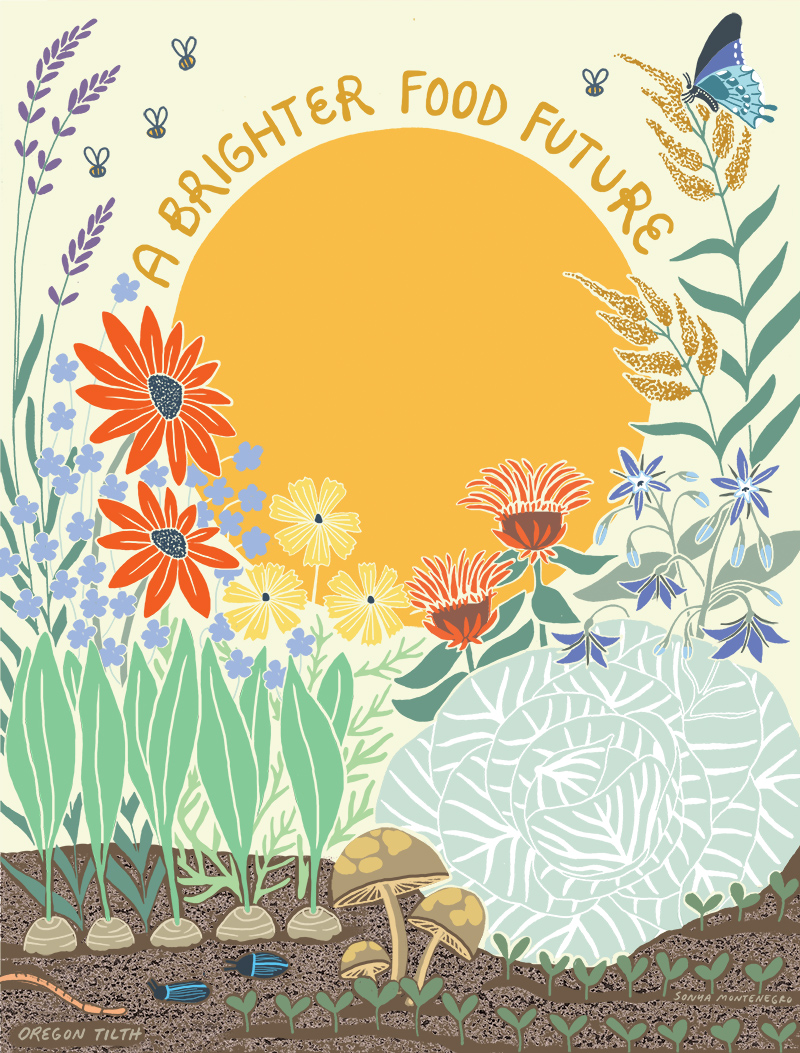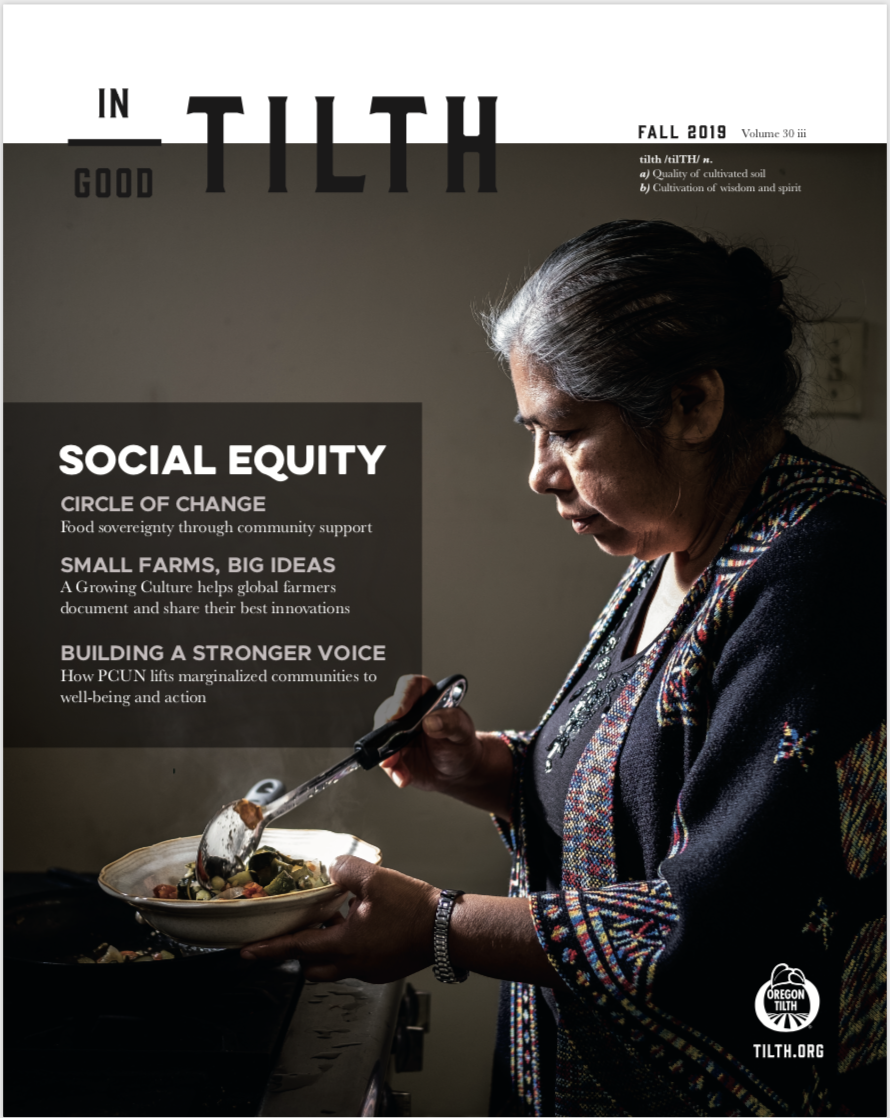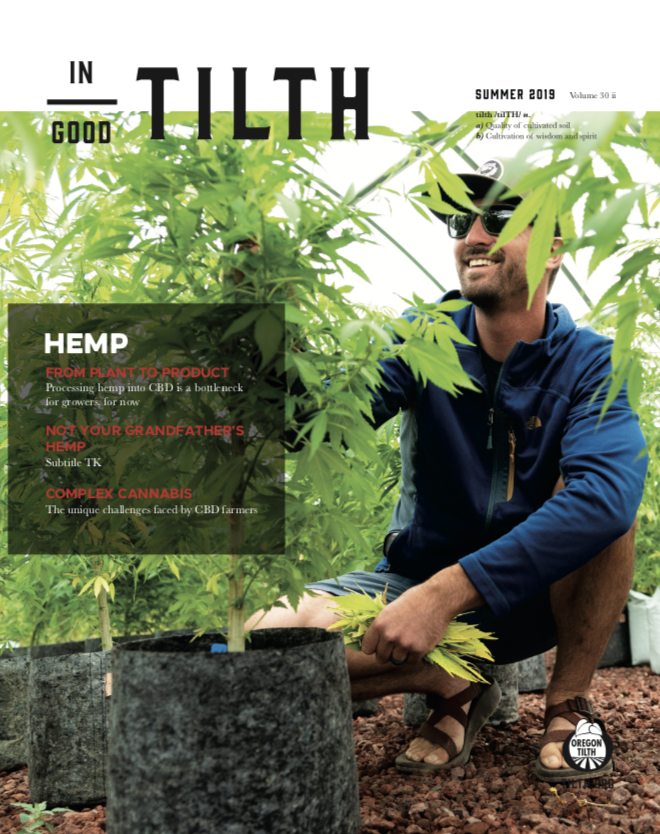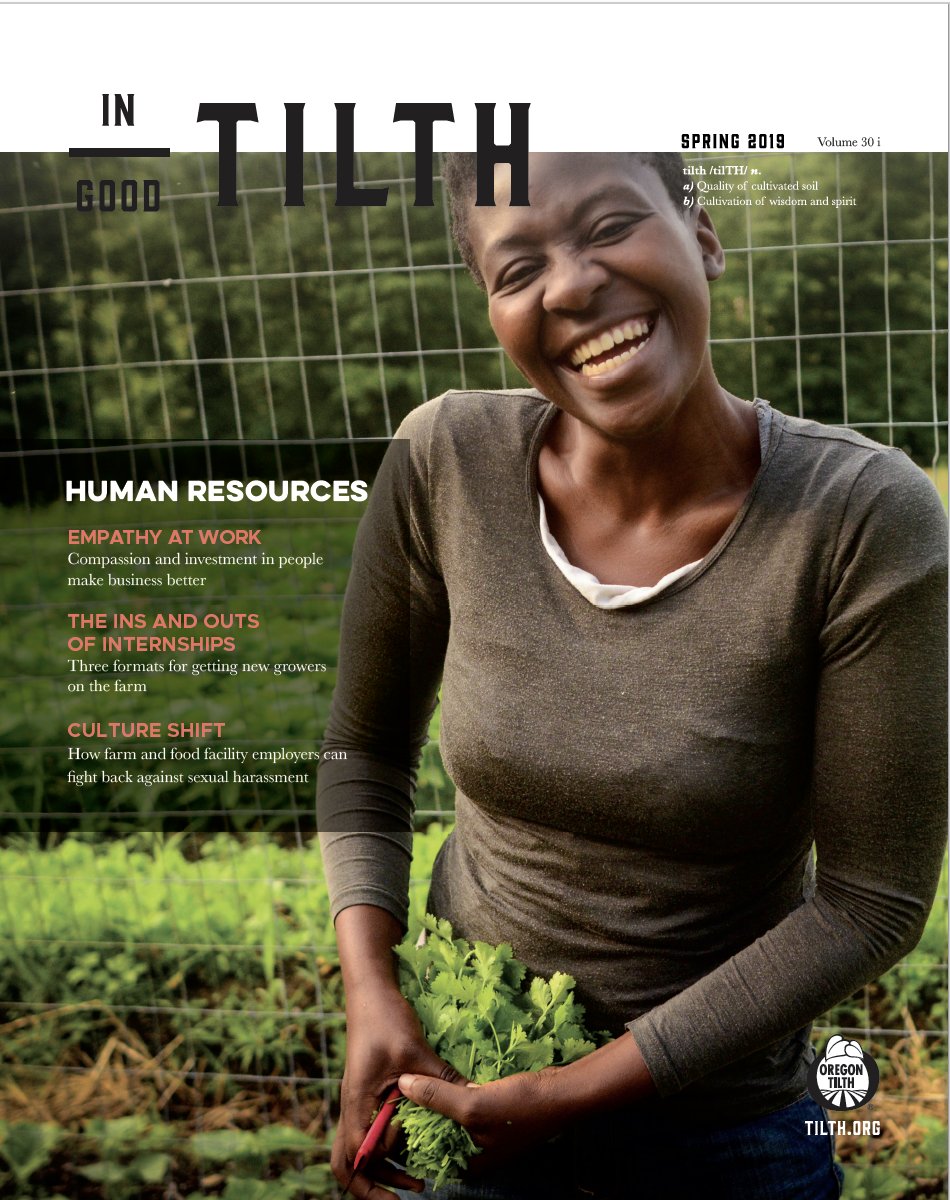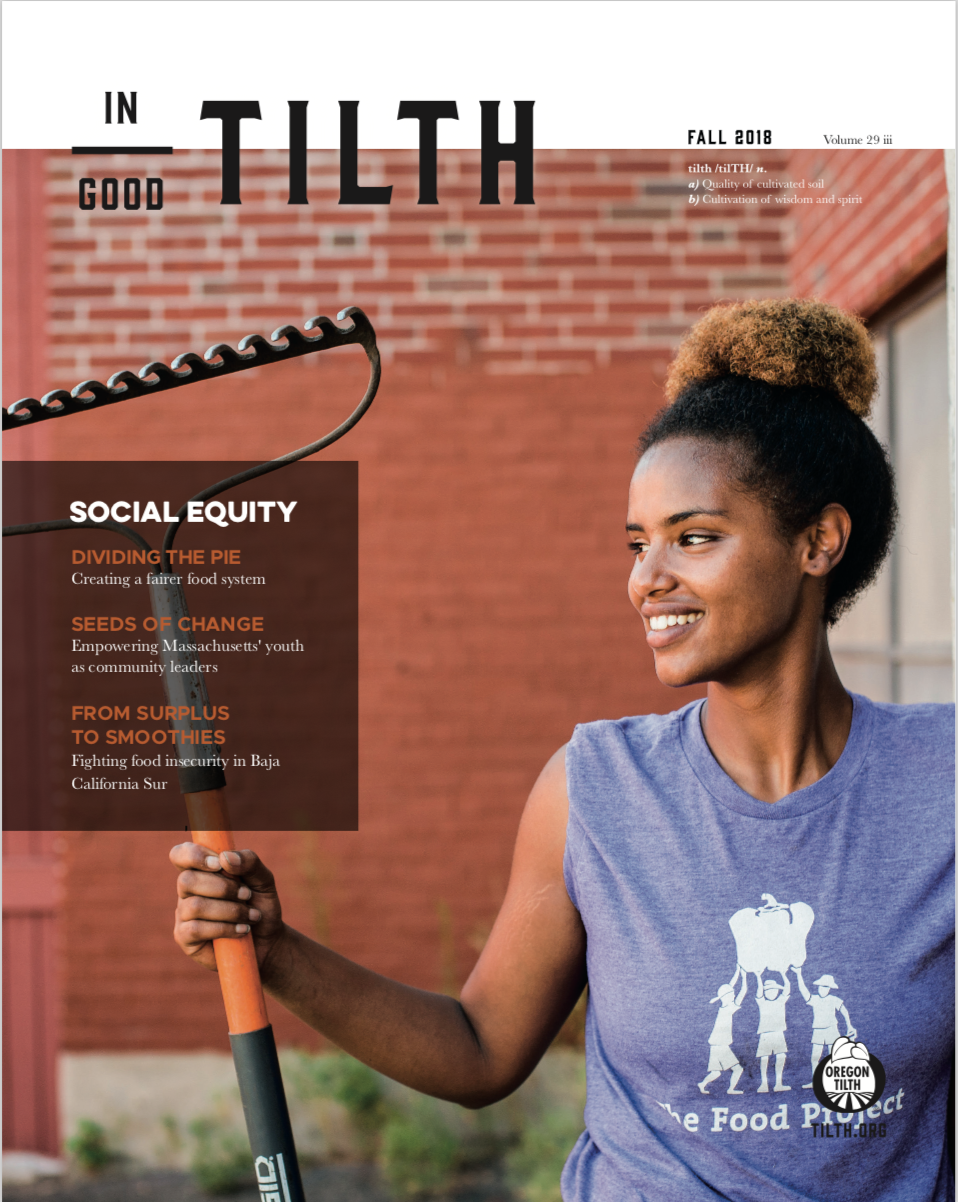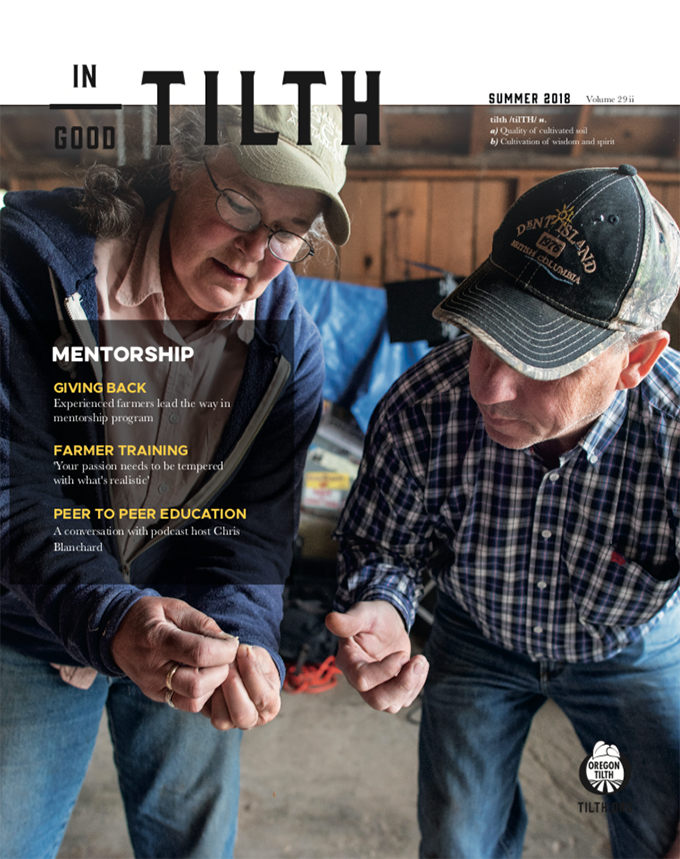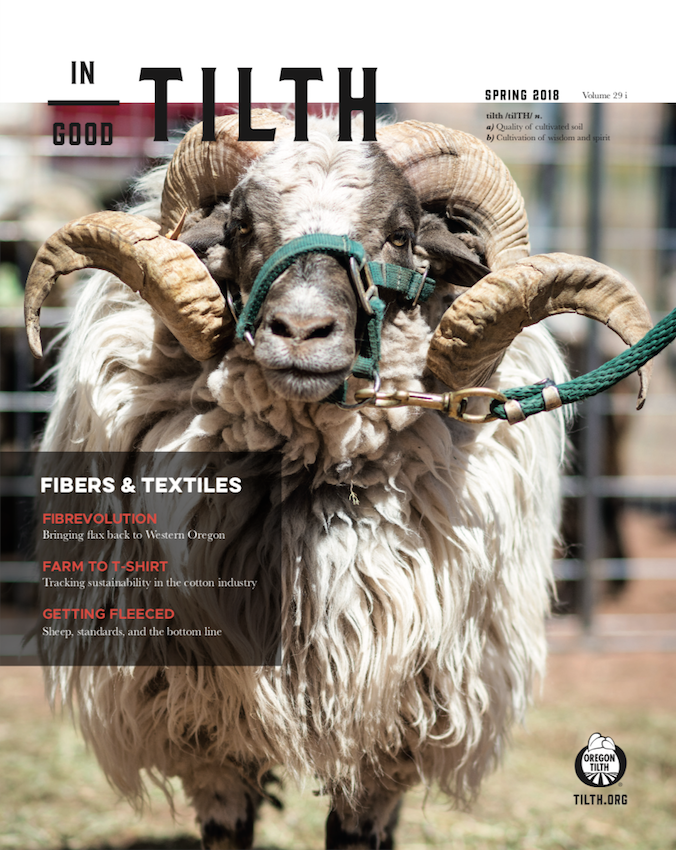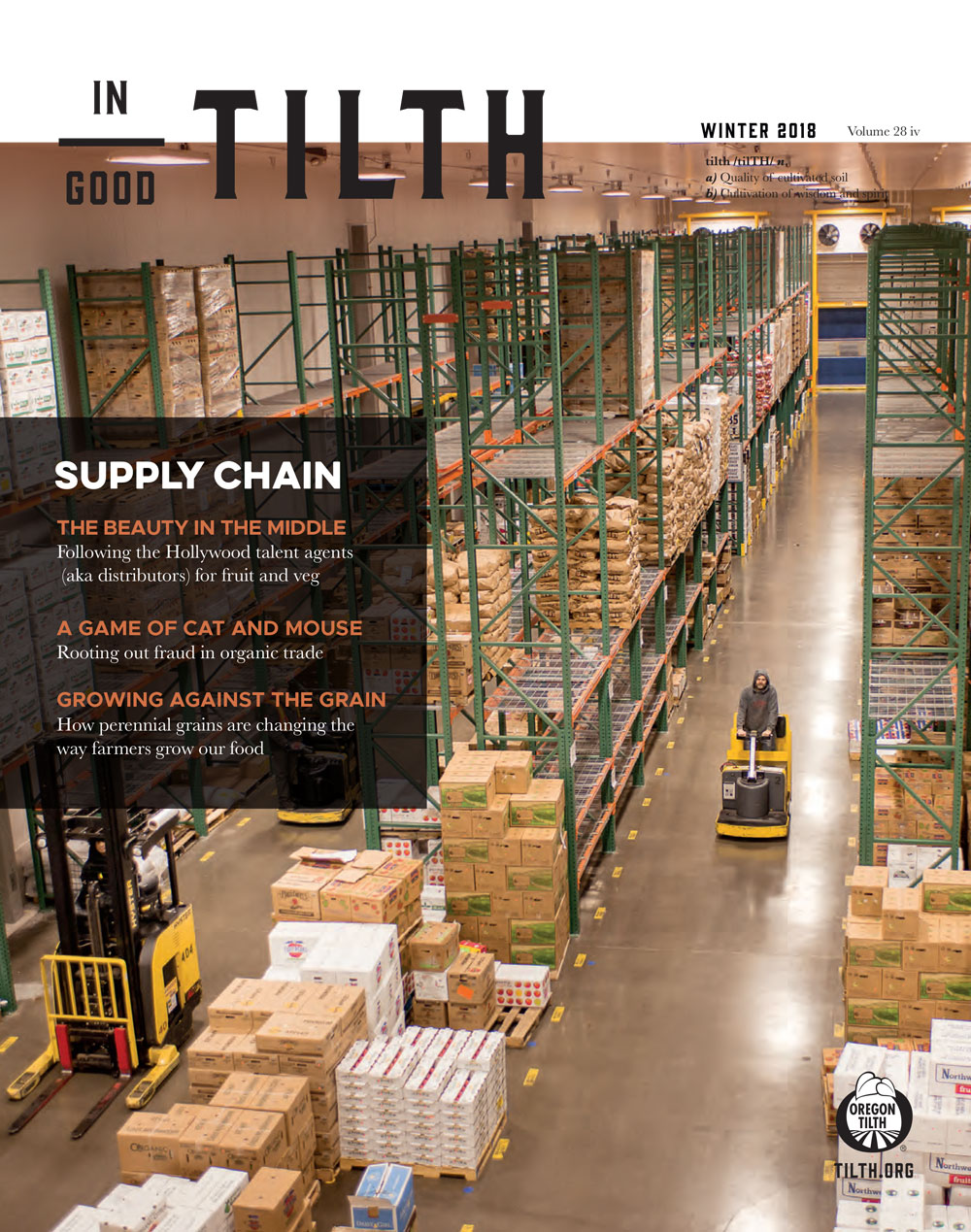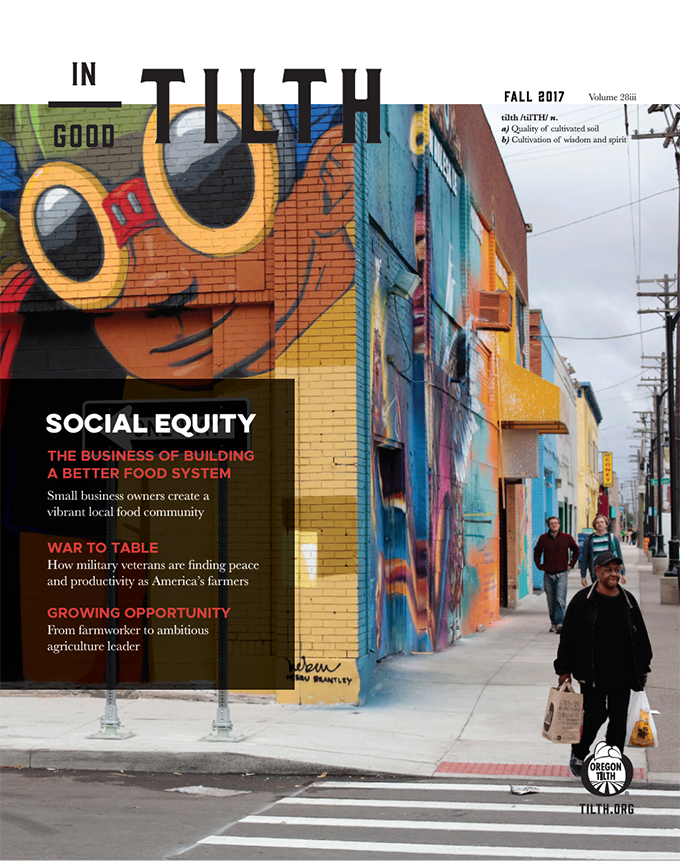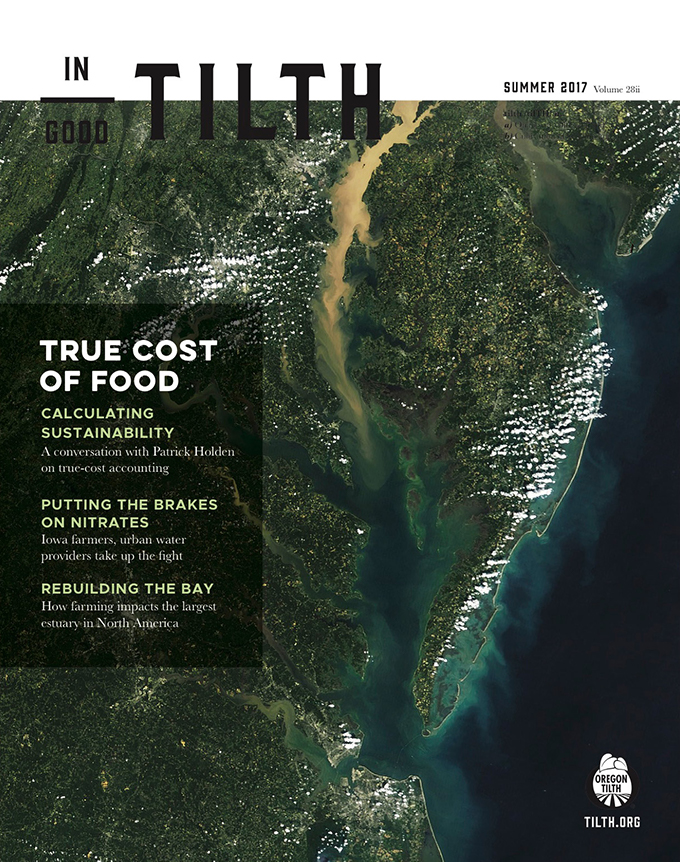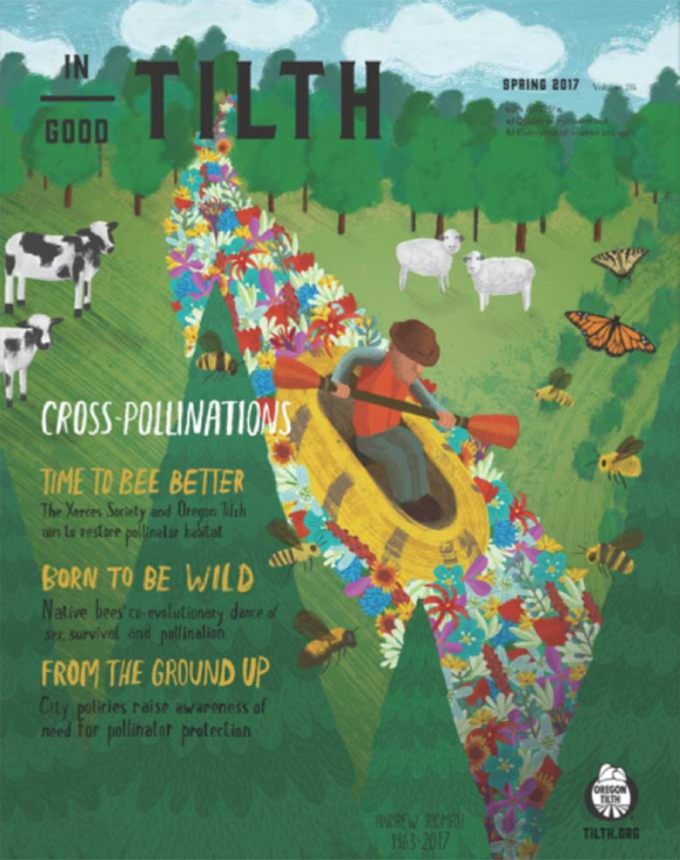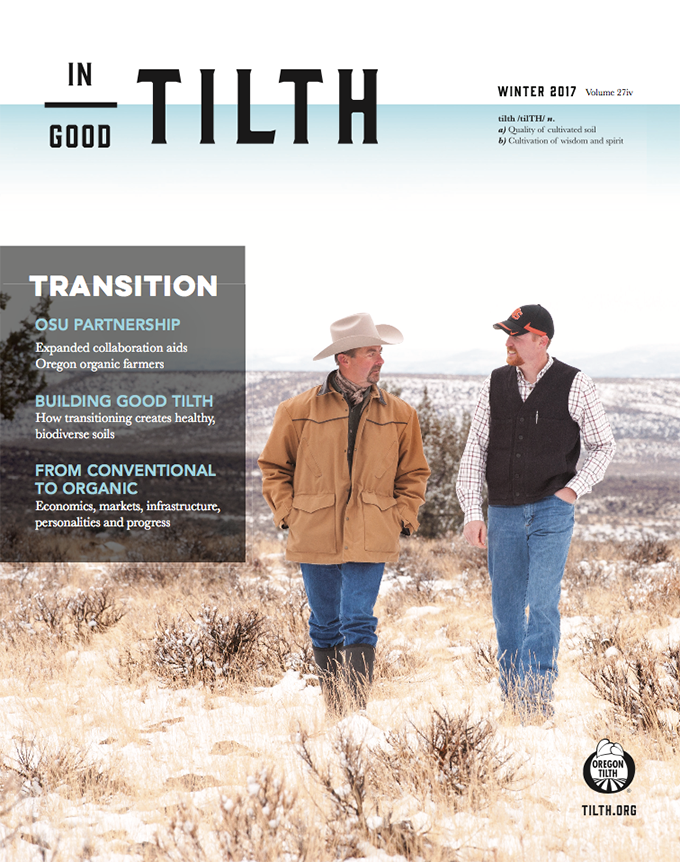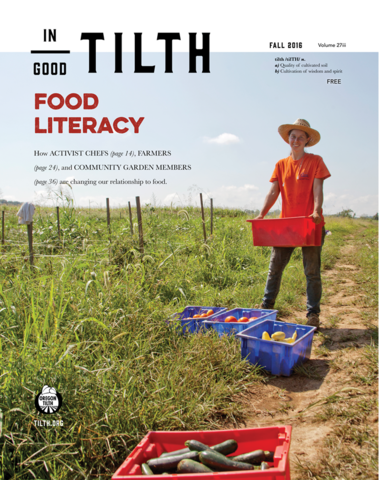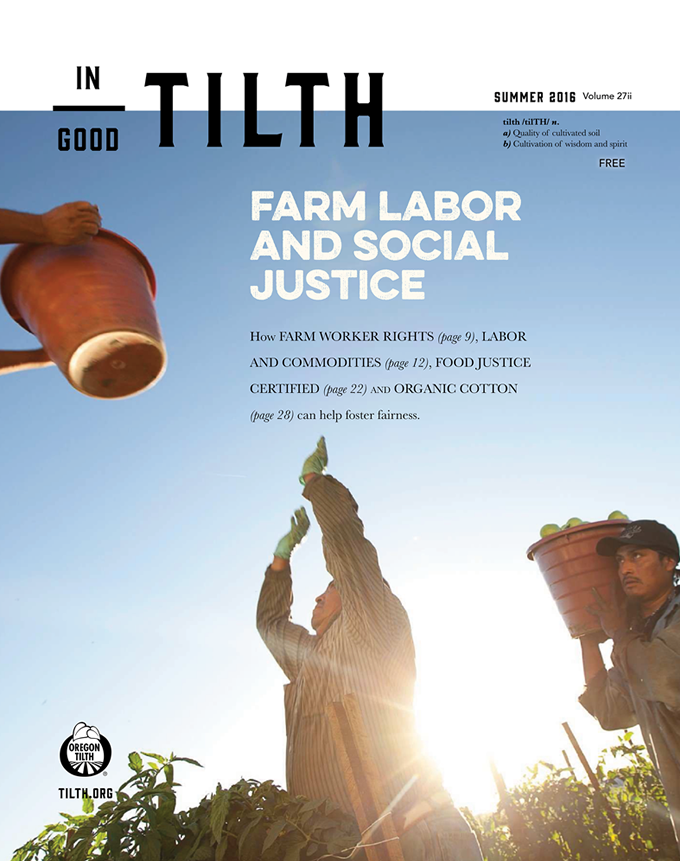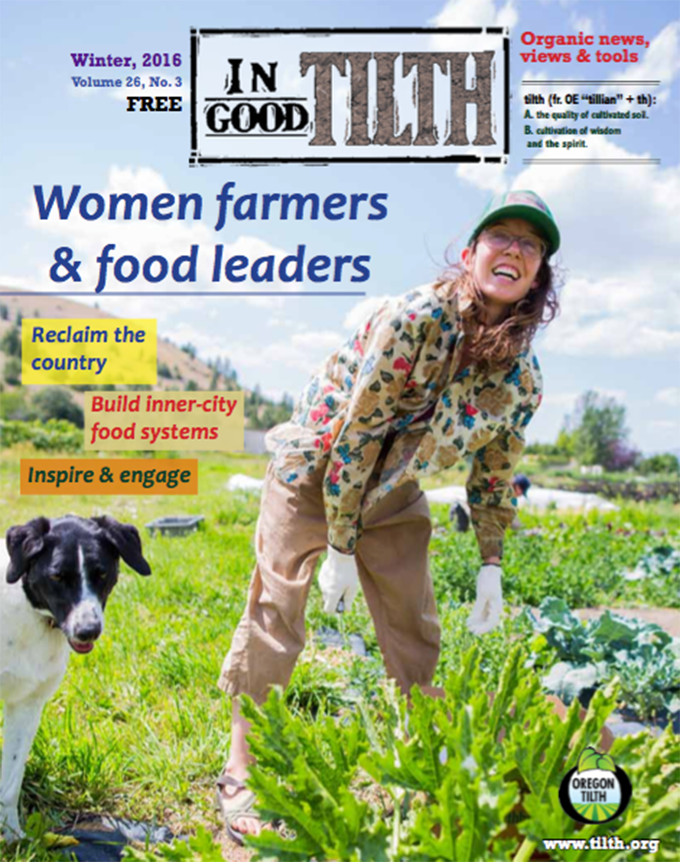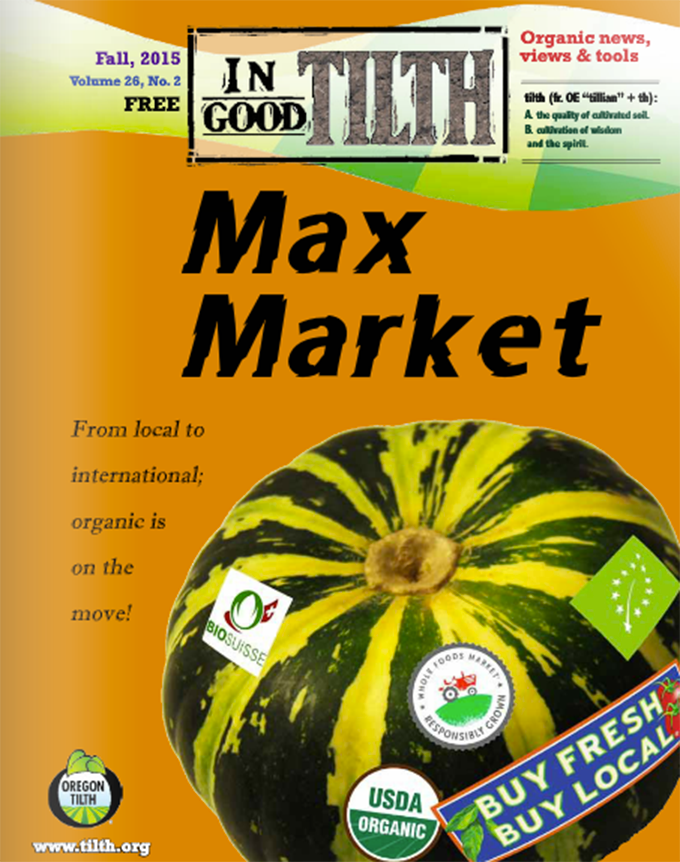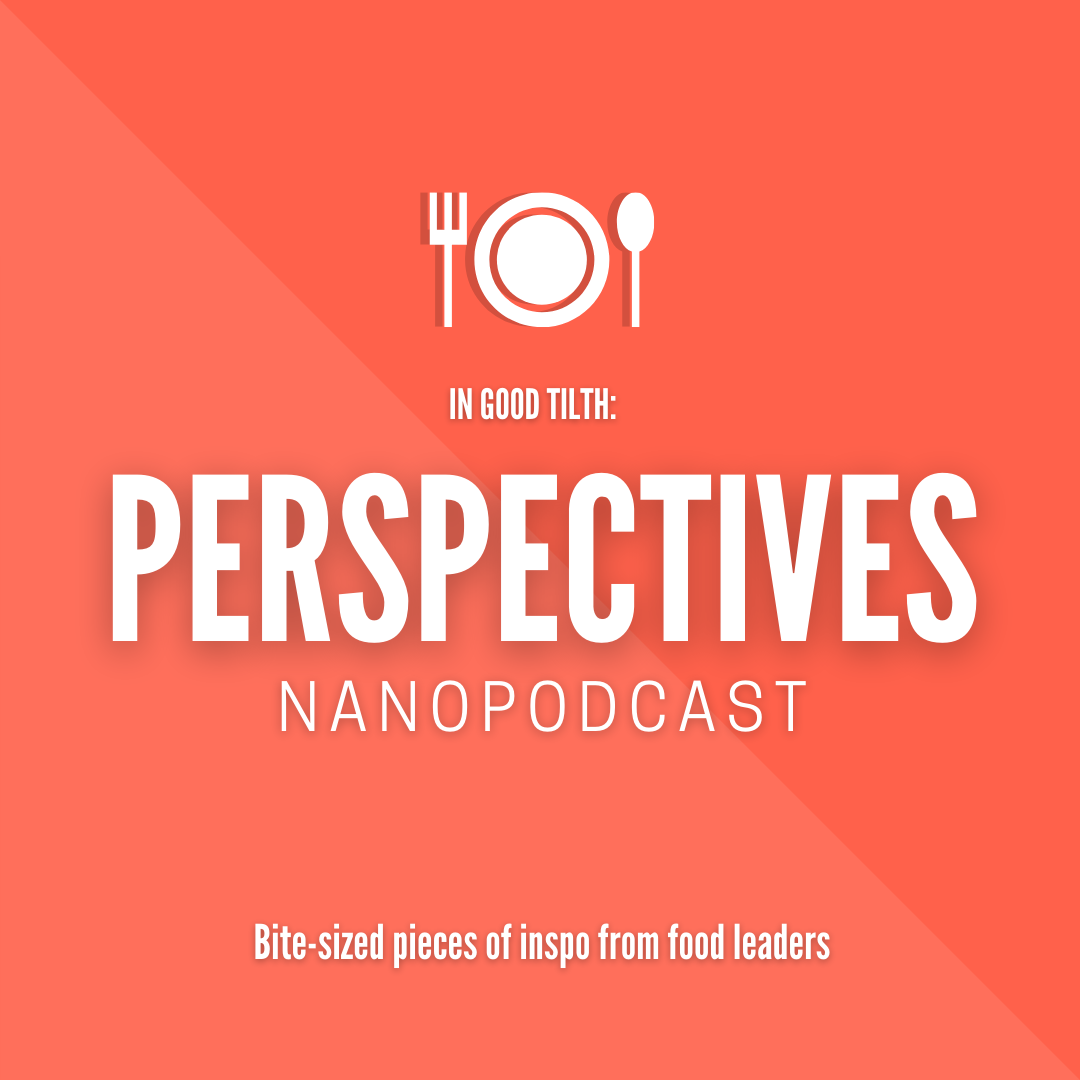How did a blighted neighborhood in the shadow of a Chevron refinery became a model of community resiliency? In Good Tilth talks with Doria Robinson on transforming her hometown of Richmond, Calif.
You had a pretty solid grounding in sustainable food systems before you returned to your hometown of Richmond, Calif. How did you start changing the food landscape?
I met Park Guthrie, the founder of Urban Tilth. He had sent out an email about how the Richmond’s 42-block long park along an old railway corridor could be transformed into a food corridor with all kinds of gardens. It’s traditionally been the dividing line between gang territories, and he envisioned it as this place where people could come together rather than be driven apart. I was inspired. I grew up here, and it was always a destitute area. To see this vision of food and beauty and pollinators, it’s transformative and really inspiring.
Many people in my family and in Richmond have diabetes or heart disease. One of the first things I noticed when I moved back to Richmond was that I started gaining weight. I never really had a weight problem. It’s just really difficult to find the kind of food that can keep you healthy. You’re just surrounded by junk food, constantly.
That’s what inspired it. I started to volunteer with Urban Tilth and started playing a bigger role in the organization. Guthrie asked me to be co-director with him. He had a passion for agriculture but didn’t know a lot about running a nonprofit. I had spent a lot of years kind of working with nonprofits and building capacity.
We built the garden at Richmond High during that time and were teaching classes at a number of different schools, helping school gardens with technical-assistance programs. Turning on the youth was not a hard thing. They were dying to get outside of the classrooms and the house. If we created this opportunity for them to get involved in something where they saw the results of their labor, where they worked all day and they went home with a bunch of food, or food that they could give away to people, it was completely transformative and just kept going.
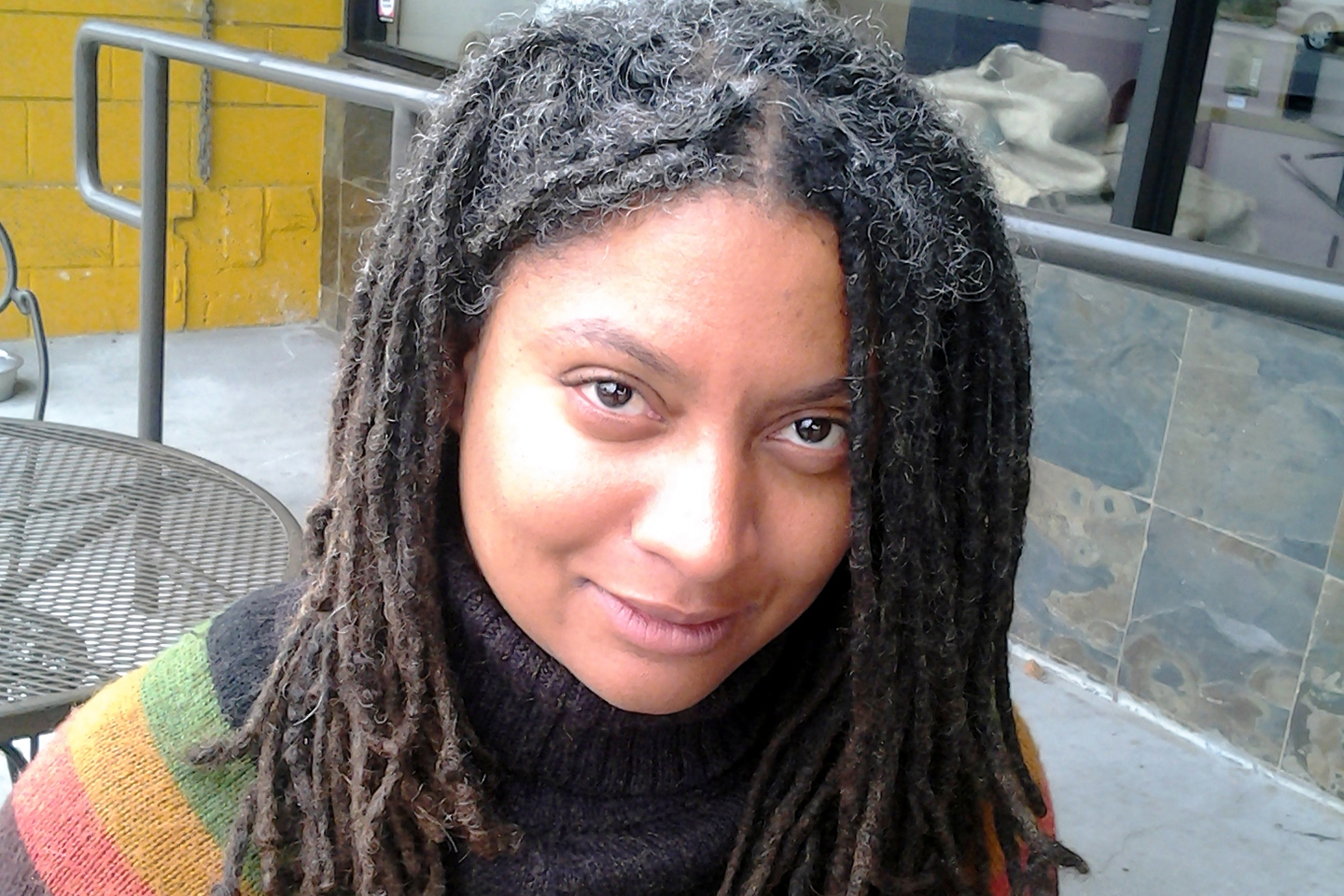
So Park had the vision, but you were instrumental in turning that vision into a reality?
Without him there would be no Urban Tilth. But since he stepped away eight years ago, it transformed from this one-man operation, where we weren’t employing people from the community, or engaging people in the activities except for the volunteers who were mostly upper-class, white people who had the luxury to volunteer. It transformed into a much more grassroots, much more driven by people of color, low-income people, even in the volunteer base.
More grounded in the community?
Right. And all of the programs now are run by paid staff who are from these affected communities, not just youth, but also adults, which deepens the relationship. People not only see the food and the beautification, but their friend has a job. And they pay the rent. They’re like, “Well, I want a job, too, and I want to get involved.”
Now you’ve got seven schools and community gardens?
For the last five years it’s been 13. But we’ve turned the other gardens over to the organizations that we created them for. Three or four different churches, a senior center and the health center and a youth center. We’ve successfully given over the maintenance and long-term care of the gardens back to those organizations. We come in and give some help, and make sure they’re transitioning.
How many people are involved in maintaining these gardens and working these programs?
We have a staff of 29. And they’re not all full-time. That translates to about 13 employees. So far this year, it looks like we have had 2,390 program participants. They are volunteers, students, other folks who have been involved in the gardens.
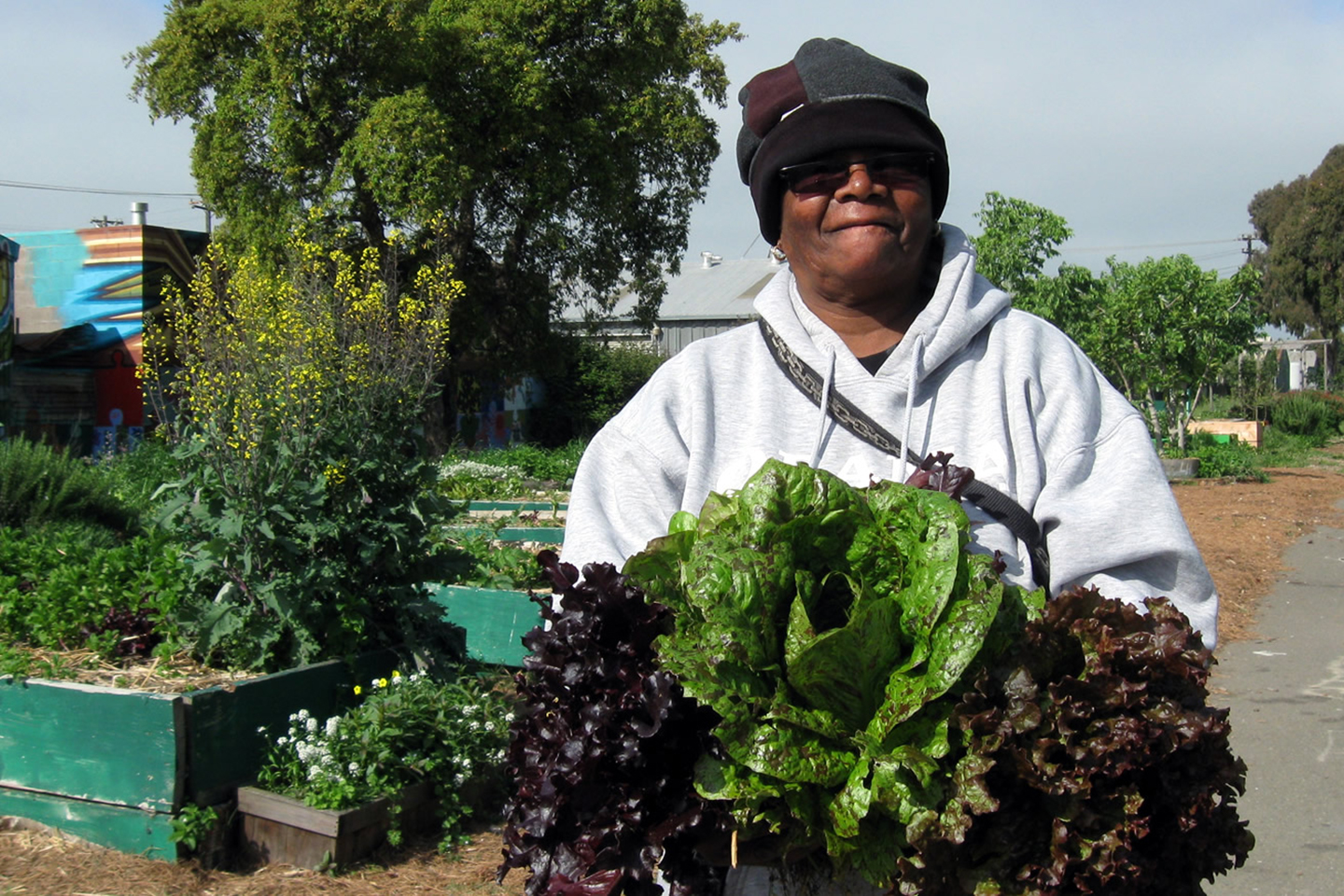
What inspires you the most?
One is just really seeing this community that I grew up in and love so much be transformed, and the hope that gives people being born into poverty. Little offerings like transforming a vacant lot, transforming a discarded school space, to make them really beautiful and vital, and used and loved.
What happens in those spaces is you get people who just don’t normally talk to each other coming together and sharing stories. Richmond has Southeast Asian refugees who have moved to this community from Laos and Cambodia. And they have been coming out to the garden in north Richmond and growing traditional foods and gathering together and sharing stories with our gardeners, who are coming from south of the border and Guatemala and Mexico. It’s really cool to hear people’s life stories and have the opportunity to do that while you’re growing together and sharing seeds. That’s inspiring, because without the space of the garden, where would you ever cross paths?
Especially for longer periods of time.
Most of our staff have come up through our apprentice program and become staff over the last eight years. When we went on a road trip to Portland for the premier of Gaining Ground, and we stopped off to get some food. I was looking at their food choices, and they’re like, “Do you have a veggie burger? (laughs) You know, “You gonna put some lettuce on that?” I actually realized we’ve made an impact on what people will consider as food. So that also was very inspiring.
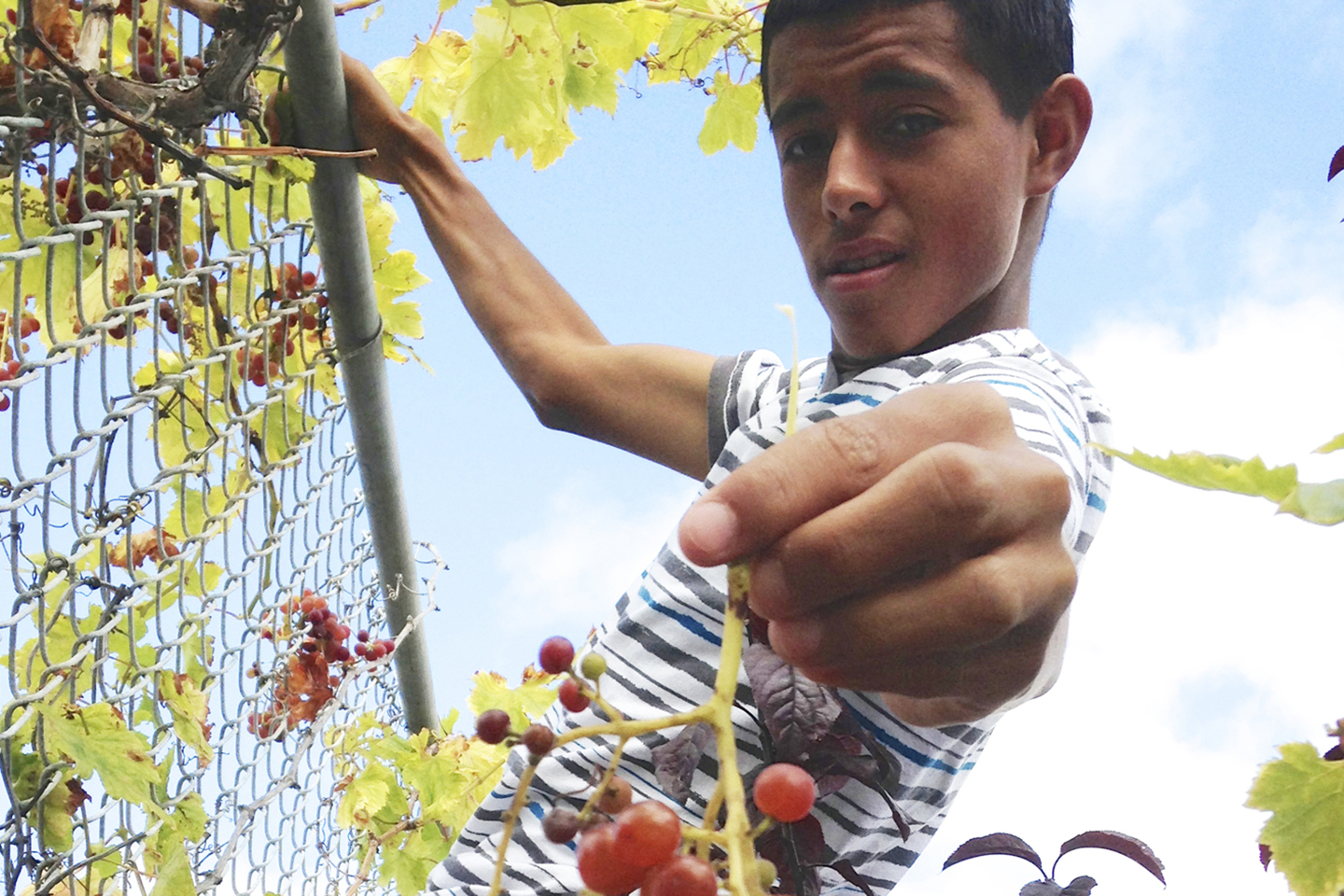
You’ve had some challenges, too, like the Chevron refinery explosion in 2012. Can you describe some of the ways in which you responded to that catastrophe?
All the staff came together and collectively decided how we wanted to move forward. And it was powerful for them to step up and say, “We need to make a point to Chevron. We need to say that this isn’t okay.” And then we entered into this really long learning process: these are the conditions that we live under. What are the best ways that we can be proactive, responsive and guard against the contaminants that we’re breathing in every day by just being here?
We learned that some of the practices that we were already doing are actually some of the best practices, and we should do them more– like making sure that we have healthy soil, and that we keep things in the biological process, in the carbon cycle. Fortunately, a lot of the contaminants we were dealing with were carbon-based.
So we just went on this long learning journey and made some new partnerships with U.C. Berkeley graduate students, and programs and professors to help support us in testing the soil. How do we maintain our growing spaces in the best possible way given our condition? We just upped our game, and created this new knowledge base and established a set of best practices in an urban community.
You’re at the five-percent mark of providing food from your gardens to the local community. What do you see as Urban Tilth’s role in Richmond’s food system and addressing issues of food justice and affordability?
We’ve been focusing on trying to make the biggest impact we can on food access through the schools, because in Richmond most of the kids go to public school and eat two or more meals a day there. So if you really want to impact the food kids are eating, the biggest impact you can make is in school food. We set out on this crusade to bring salad bars to schools. We felt like that was one of the easiest ways to bring higher-nutrient dense, whole food to those school lunch plates. We got 2,000 petitions signed from parents and kids. We rolled out our first two salad bars this year, and we intend to continue rolling them out with nutrition programs wrapped around them, so that folks will try using the salad bar, and change their food habits and make whole foods a part of their regular meals.
Then there’s looking at other ways to increase access to the summer lunch program and make sure people who are qualified for WIC and those services are all in that. About two years ago, we reached out to the smaller Latino markets and other ones that actually provide a lot of fruits and vegetables, and said, “this is the kind of thing we really want to support in the community.” And then we are talking to the other markets that are the chip and candy stores, and we’re asking them, “what would it take for you to consider offering some healthy foods?”
We’ve been collecting data over a couple of summers with about four different organizations, going out and talking to folks. So it’s been in the background. The City of Richmond wants to also focus on corner-store conversion, so we’re working to take the data that we have, especially the stores that said, “yeah, we’d be interested.” They would just need support with equipment and advertising and what-not. So it looks like we’re gonna probably put together a kind of love-your healthy-corner-store campaign to both support stores that want to transition through grants with equipment and with marketing; a campaign that features these stores and going door-to-door and getting people to cycle their dollars through places that are supporting their health.
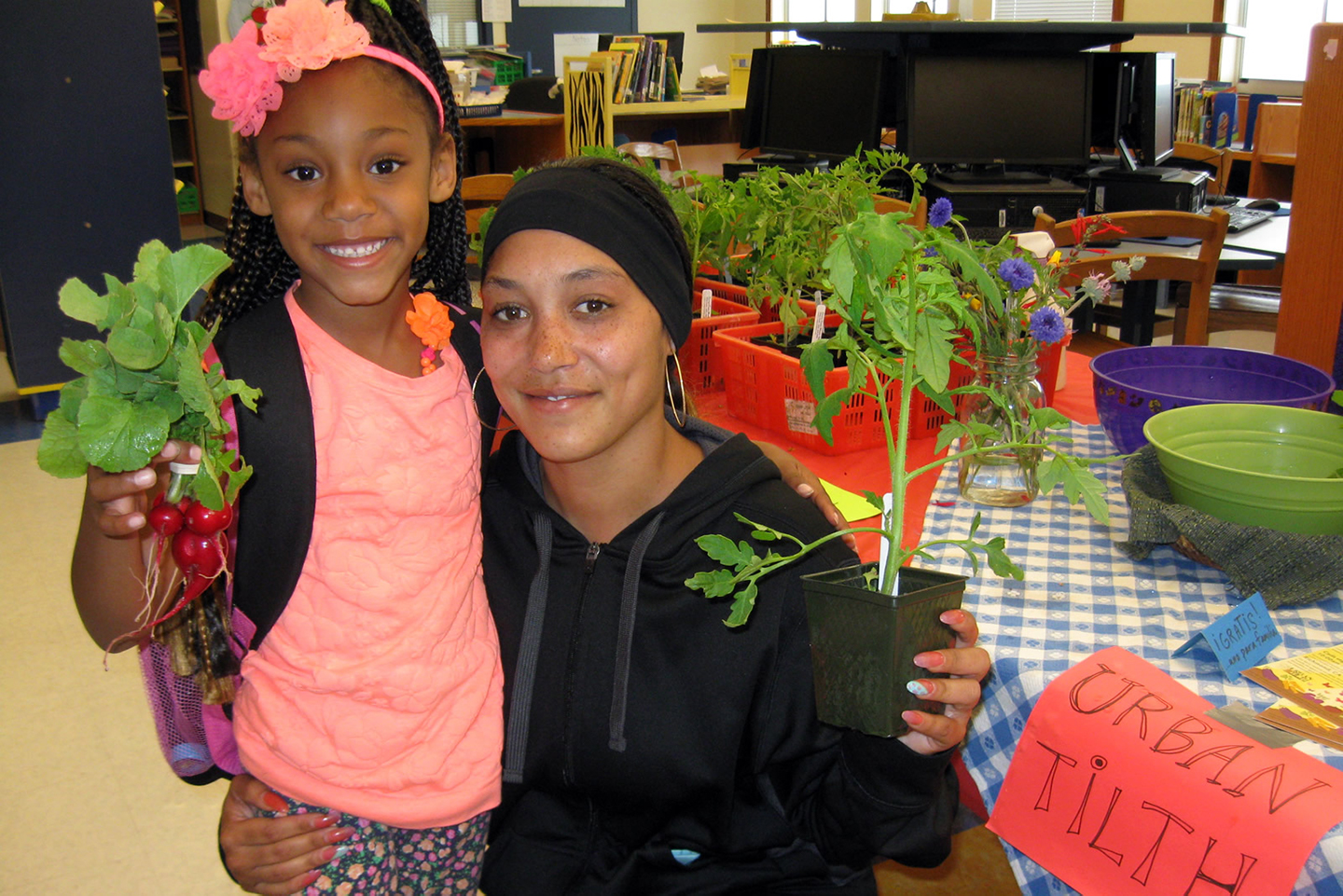
What do you think Urban Tilth can offer in terms of a template for other at-risk communities?
We’ve been able to grow because we are employing and training people from the community to be the change-makers, by supporting the growth of people who grew up here, who intimately know the challenges, and empowering them through employment, so that they can be the leaders that the community needs.
There’s no substitute for local community involvement.
Passion is contagious when one person can see how their life can be transformed. Internally, in terms of their bodies, and externally, in terms of their financial situation by having a job, and just mentally, by changing their thinking around who they are in their community. When their communities stop looking at them as a potential problem and looks at them as a solution, especially for people of color, it’s a completely transformative experience, just having access and having an opportunity to grow yourself in a different way.

